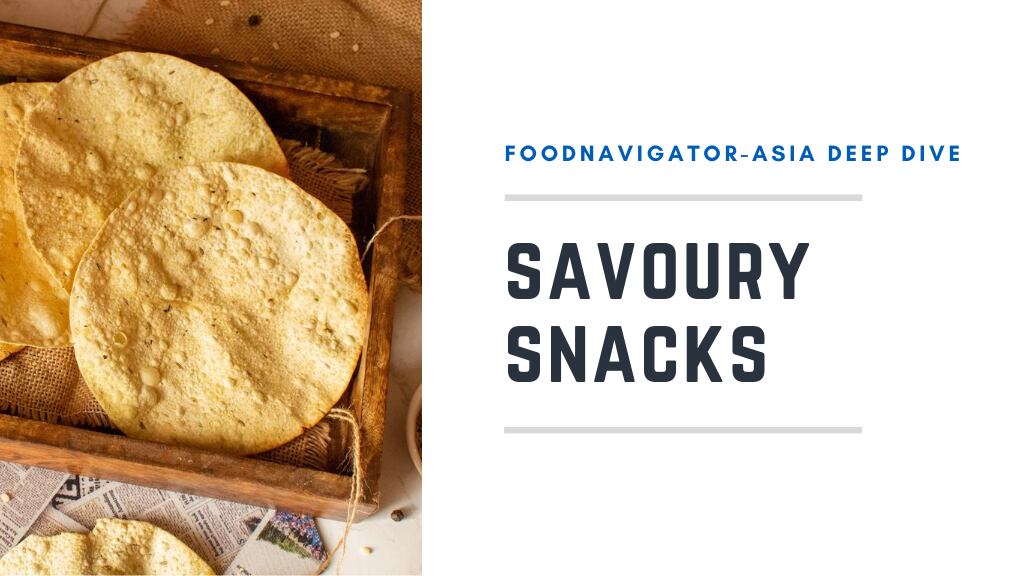The study was conducted by China’s Ningbo University based on data from the most recent Global School-Based Student Health Survey (2009–2015) collected using a survey questionnaire. This covered over 153,000 adolescents between 12 to 15 years of age across 54 developing low- and middle-income countries (LMICs), who were asked how often they consumed fast food in a week (0 days, 1-3 days, 4-7 days).
Fast foods were defined as foods that are ‘energy-dense, nutrient-poor, low in fibre and micronutrients, and high in refined grains, sodium, and sugar’ and a ‘common component of Western-style diets’.
On average, the most adolescents in South East Asia (17.7%) were found to consume fast food 4-7 days a week, over 4% more than its closest contender Africa (13.0%). Amongst countries, the highest consumption was found in Thailand (43.3%.), which beat closest runner-up Samoa (25.7%) by an almost 20% lead.
According to the researchers, one of the main reasons for this phenomenon was the influence of television programmes, especially with technological advancement in the region.
“[Previous studies have shown that] television programs have started occupying most of the leisure time of adolescents, [and] as is known, some [of these] create an image of fast-food [linking to] health, power, and fashion,” they said.
“This is done via endorsements by popular entertainment stars and sports stars to lure adolescents into eating high-calorie foods, [not to mention] food industries have invested millions of dollars in popularizing Western-style fast food in Asian countries, and governments in the region have done little to promote healthier food options.”
Thailand in particular was pointed out as an example of a government having taken some action to promote healthier diets, but not having done enough considering the penetration of ‘Western-style’ unhealthy fast foods in the country.
“[According to the Thai Board of Investment], Thailand has been considered [an attractive] new market by the global processed food industry, leading to a greater supply of ultra-processed foods and increased demand for these foods and beverages,” said the study authors.
“Western-style fast food consumption is playing an increasingly important role in the Thai food culture, so although key actions have been taken by the Thai government, such as nutritional labelling, providing nutrition claims, and the use of Guideline Daily Amounts, these actions appear to be inadequate [given] the results of this study.”
It was also suggested that Thailand, and other countries in the South East Asian region, take a leaf from the book of developing countries in the Americas, which showed the lowest 4-7 day fast food consumption at just 8.3%.
This included more comprehensive policies such as nutritional guidelines for school meals and school meal programmes, regulating food marketing to children and adolescents, and introducing mandatory and voluntary nutrition labelling on foods.
Thai population research expert Sirinya Phulkerd from Mahidol University concurred with the researchers, especially on the suggestion to regulate unhealthy food marketing to children and adolescents.
“The prevalence of overweight and obesity amongst Thai children rose by over one third from 2008 to 2014 – [and] given that these are the third leading risk factor for death in the Thai population, [it is a serious matter for concern,” she told FoodNavigator-Asia.
“Thai children are regularly bombarded with unhealthy food promotions, especially as the Thai food industry, especially soft drink manufacturers, spend [millions of dollars] yearly on advertising their products.
“Therefore, [regulating unhealthy food marketing] to children and adolescents would be one of the effective tools in tackling obesity in Thailand – the WHO Commission on Ending Childhood Obesity also recommends a reduction in children’s exposure to all forms of marketing for preventing childhood obesity.”
Why 12- to 15-year-olds?
The study authors added that adolescents in the 12- to 15-year old age group were a focus because unhealthy eating patterns formed during this period have ‘lasting effects on future health’.
“Fast-food consumption is linked to poor dietary habits (e.g. a higher intake of carbonated soft-drinks and sweets and a lower intake of fruits and vegetables) and unmet nutrient requirements. Failure to meet these requirements can [in turn cause] growth retardation, impaired organ remodelling, and micronutrient deficiencies,” they said.
“Such unhealthy dietary habits in youth are thus associated with an increased risk of obesity, cardiovascular disease, type 2 diabetes, and cancer in later adulthood.
“Considering the popularity of fast food among young adolescents, there is an urgent need for policies, strategies, and recommendations to develop a healthy dietary environment, [such as] limiting advertisements and sales, attaching front-of-pack supplementary nutritional labels, reformulation, fiscal policies and nutrition guidelines specifically for young adolescents.”
Study: Fast food consumption among young adolescents aged 12–15 years in 54 low- and middle-income countries
Source: Global Health Action
Authors: Li, L. et. al.





